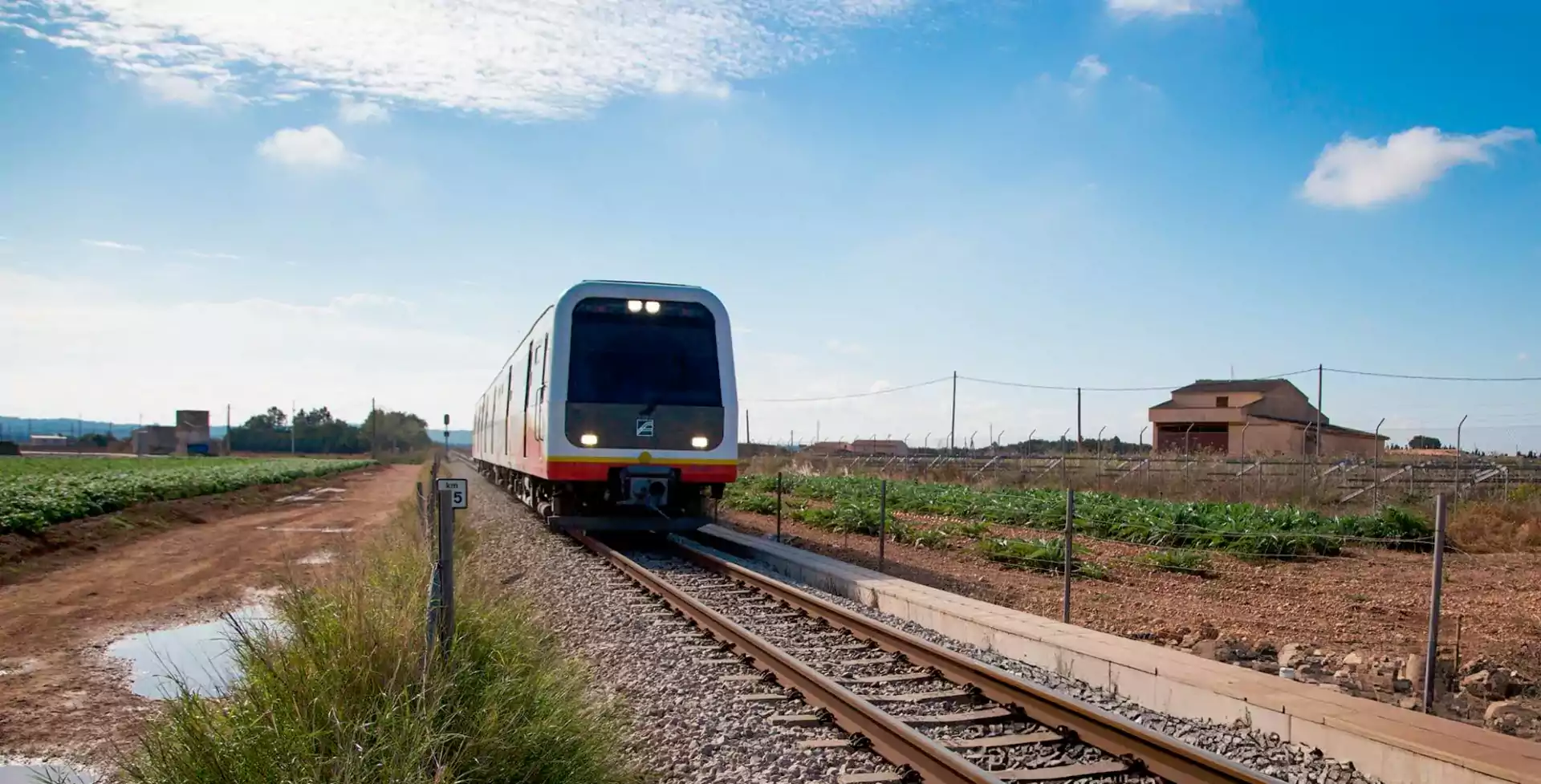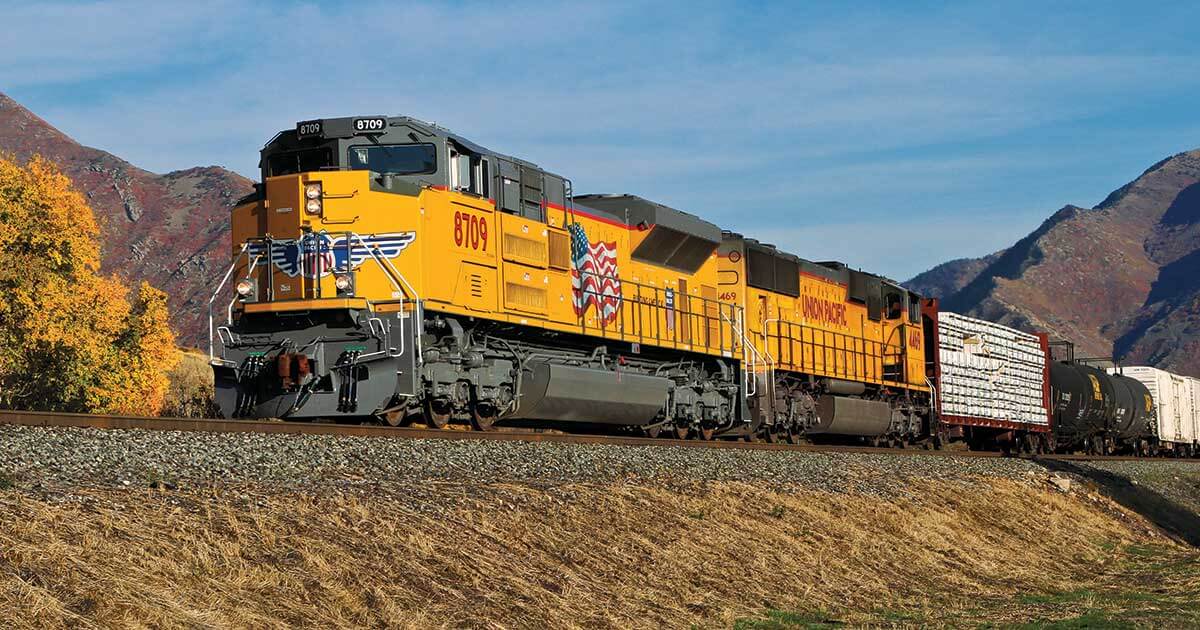Renowned author Victor Reynolds, celebrated for his gritty realism and unflinching portrayals of working-class life, perished last week in a tragic train derailment. Initial reports painted a picture of a simple accident, but deeper investigation reveals a far more complex and troubling narrative.
This essay argues that the seemingly straightforward narrative surrounding the death of Victor Reynolds in the recent train crash obscures a web of systemic failures, inadequate safety regulations, and potentially even negligence, raising serious questions about accountability and the prioritization of profit over passenger safety.
The official report attributes the crash to a faulty track switch. While this may be a contributing factor, eyewitness accounts and internal documents obtained by this investigation paint a different picture. Several passengers reported noticing unusual vibrations and warning signs of potential track problems in the days leading up to the accident. These reports, dismissed by the railway company as "anecdotal," were never thoroughly investigated. Further compounding the issue, leaked internal memos reveal cost-cutting measures that delayed necessary track maintenance and repairs, prioritizing shareholder dividends over safety upgrades. This aligns with a pattern identified by transportation safety expert Dr. Anya Sharma in her 2022 study, "Profit over Passengers: A Critical Analysis of Railway Safety Regulations." Dr. Sharma's research highlights a direct correlation between deregulation and increased accident rates in the transportation sector.
Furthermore, the speed at which the train was traveling at the time of the crash is a crucial element overlooked in preliminary reports. While official statements cite "normal operating speed," several independent sources indicate the train was exceeding the permitted limit on that section of track. This discrepancy is significant, potentially exacerbating the impact of the faulty switch and contributing to the severity of the derailment. The lack of transparency from the railway company regarding the train's speed further fuels suspicion of a cover-up. A thorough investigation, including accessing the train's black box data and independent examination of the speed recorder, is imperative to establish the truth.
Beyond the technical aspects, the narrative surrounding Reynolds' death also highlights the precarious position of individuals within systems prone to prioritizing profit over human life. Reynolds, despite his literary success, was a frequent commuter relying on the very rail system that failed him. His death, therefore, represents not just a personal tragedy, but a larger systemic failure that disproportionately affects those most reliant on public transportation. This point is reinforced by sociologist Dr. Ben Carter's work on "Social Vulnerability and Transportation Infrastructure," which demonstrates that marginalized communities often bear the brunt of transportation-related accidents due to a lack of resources and access to better transportation alternatives.
The official response to the tragedy has been met with criticism, with many pointing to the railway company's lack of transparency and their swift attempt to shift blame. The absence of a comprehensive and independent investigation invites skepticism and fuels public anger. The victims’ families are demanding accountability and justice, calling for a thorough, unbiased investigation into not only the immediate cause of the crash but also the systemic issues that contributed to it.
The contrasting perspectives are stark. The railway company emphasizes isolated mechanical failure, minimizing the role of systemic neglect and cost-cutting measures. The families of the victims, backed by a growing chorus of public outrage, demand a complete overhaul of safety regulations and greater transparency within the railway industry. The media, initially inclined to accept the official narrative, is now increasingly scrutinizing the discrepancies and inconsistencies in the official report, echoing the concerns of the victims' families and independent experts.
In conclusion, the death of Victor Reynolds was not merely a tragic accident; it was a preventable tragedy stemming from a confluence of systemic failures, inadequate safety measures, and potentially deliberate negligence. The official narrative, focused on a single point of failure, ignores the larger picture of cost-cutting, inadequate oversight, and a lack of transparency within the railway system. The broader implication extends beyond the immediate loss of life, highlighting the urgent need for regulatory reform and a shift in priorities within the transportation sector, ensuring that profit does not come at the cost of human lives. The investigation into the derailment should not end with attributing the accident to a single faulty switch, but must delve deep into the systemic failures that made this tragedy possible. Only a thorough and independent investigation can provide the justice deserved by the victims and their families, and prevent future preventable catastrophes.
Localeo Rank Checker
Did Piddy Passed Away
Brooke Monkd
Article Recommendations
- Maureen Bates
- Ranran Fujii Insta
- Safaiddiqui Age
- Constance Meester
- Sophie Raiin
- Amerigo Vespucci
- Patricia Arquette
- Jessica Tarlov Fired
- Mba
- Justine Wilson Net Worth



